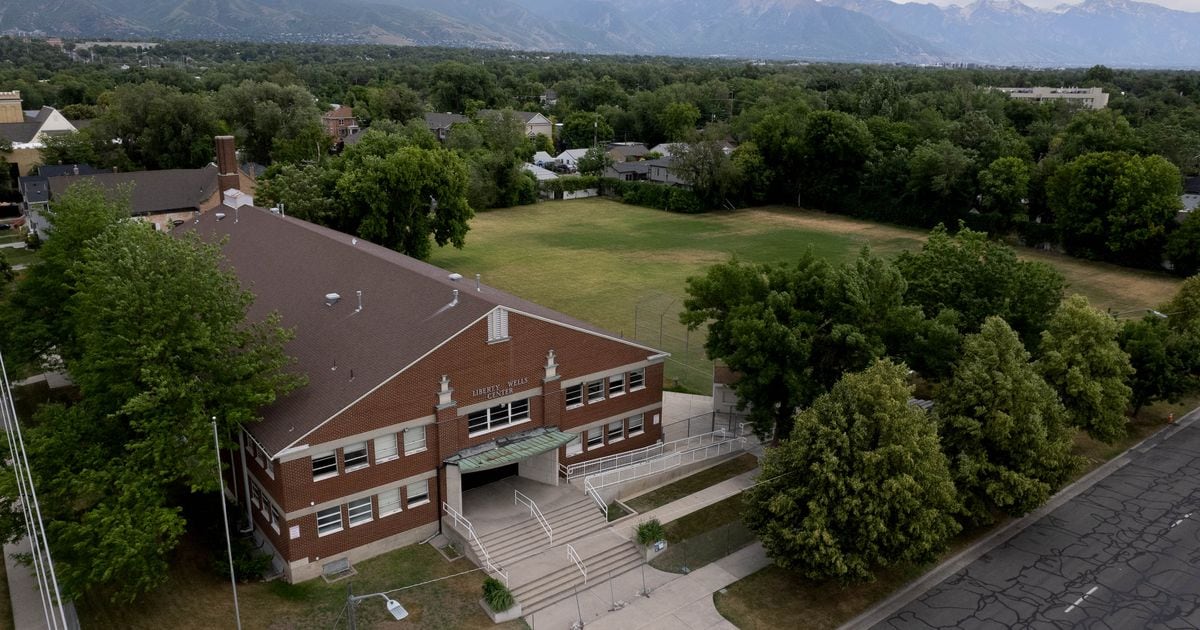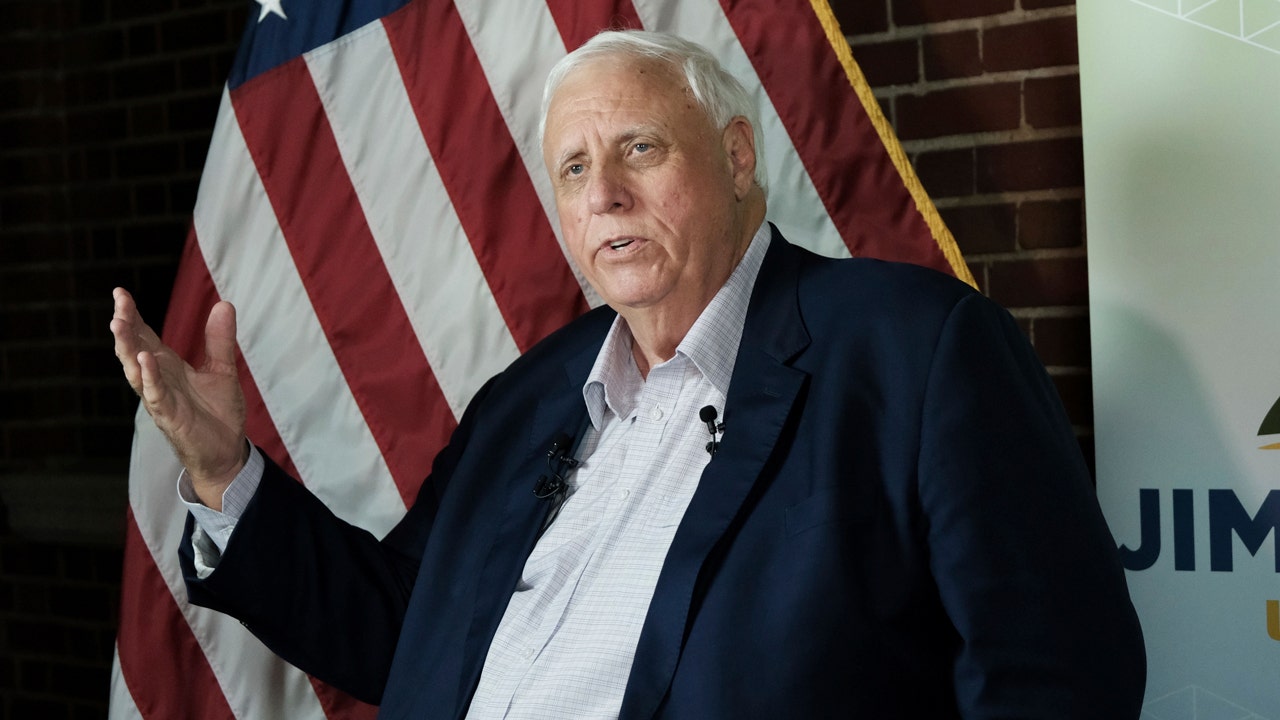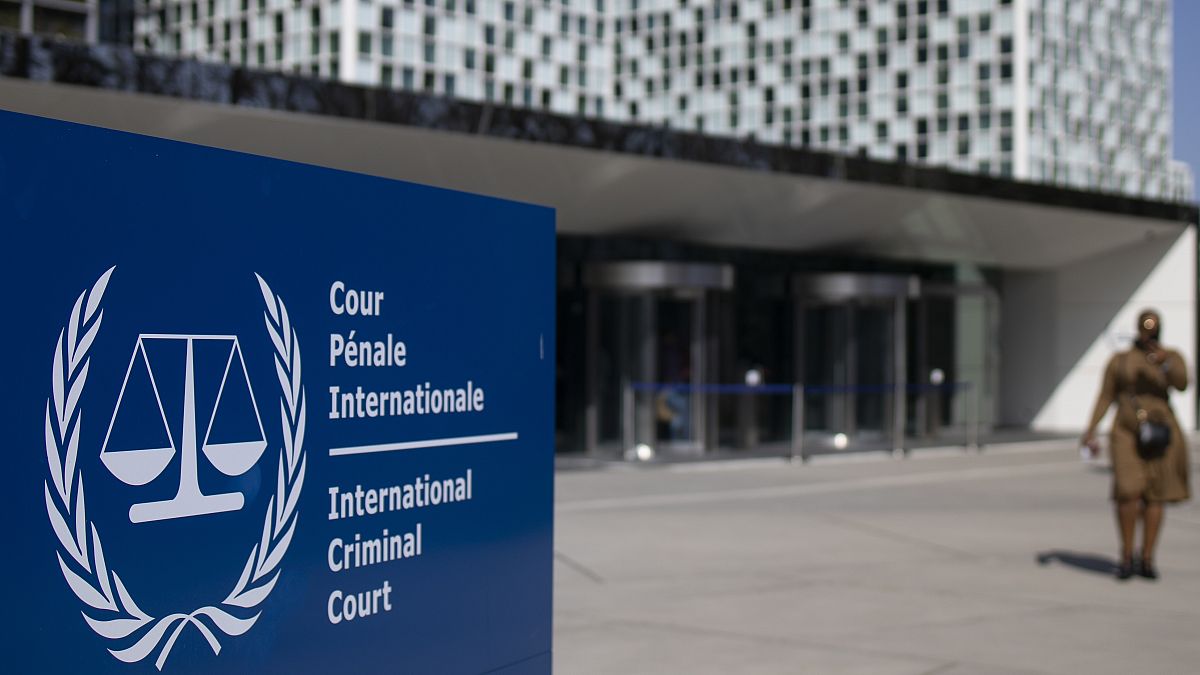This story is part of The Salt Lake Tribune’s ongoing commitment to identify solutions to Utah’s biggest challenges through the work of the Innovation Lab.
[Subscribe to our newsletter here]
In a philanthropic gesture aimed at the region’s worsening lack of affordable homes, two Utah-based foundations will announce plans to build nearly 850 rent-subsidized dwellings in seven cities across the state.
Their venture, to be unveiled Tuesday and called Housing for Impact, will fund construction of apartments and town homes at choice locales in Salt Lake City, South Jordan, Draper, Magna, Lehi, Francis and Park City. Many of the housing projects will also be adjacent to community resources for seniors, families and other groups in need.
And through the largesse of charitable foundations created by Ivory Homes, Utah’s largest homebuilder, and FJ Management, whose corporate holdings now include the Maverik and Kum & Go chains of convenience stores, these dwellings are to be kept within financial reach of residents earning below their county’s median incomes.
Officials from affordable-housing nonprofit Ivory Innovations and FJ Management’s foundation, known as Call To Action, are to be joined Tuesday morning by Utah Gov. Spencer Cox in announcing the new initiative.
Their backdrop for the event: the old Liberty Wells Center, 707 S. 400 East in Salt Lake City, a former gymnasium and community gathering spot donated by The Church of Jesus Christ of Latter-day Saints. As part of Housing for Impact, the east-side locale will be transformed into 30 apartments and 36 town homes, with three-quarters of the units as moderate-income housing.
“This is about sharing,” Clark Ivory, CEO of Ivory Homes and founder of Ivory Innovations, said in an interview prior to Tuesday’s event. “We want for everyone to benefit from what we do.”
Moderate-income housing in three counties
About a quarter of homes at Liberty Wells and the other six sites will be rented at market rates, while 35% will be set aside for those making 80% of area median incomes prevalent in the county where they live, and 40% will be for those earning 60% of AMI.
(For comparison, an individual in Salt Lake City making 80% of AMI has a yearly income of about $59,400.)
Tuesday’s high-profile announcement also comes as Utah endures what economists say is its least affordable housing market in at least 50 years, with rents escalating far faster than wages and the median home price now measured at a record of more than six times the state’s median yearly income.
In addition to the Liberty Wells site — to be renamed Innovation Park — details on other Housing for Impact projects include:
• Between 200 and 326 town homes as part of a larger development known as Mahogany Ridge in Magna, at about 8230 W. 4100 South.
• Some 186 apartments in Draper in what’s envisioned as state’s first major high-rise complex built with pre-fabricated modular components, to be located near Vista Station.
• Around 138 apartments for seniors in South Jordan, located on city property adjacent a senior center along West South Jordan Parkway.
• Nearly 240 one-, two- and three-bedroom residential units a project called Innovation Park at Holbrook Farms in Lehi, to be built in two phases near the soon-to-open Primary Children’s Hospital site at roughly 2250 N. Miller Campus Drive.
• Fifteen town homes in the Park City Heights subdivision, along Piper Way, and another 12 apartments and 16 town homes in the west Summit County community of Francis, in a project called Francis Commons.
Ivory Innovations and FJ Management are equal partners in Housing for Impact, officials for the two operating foundations said. Many of the projects also involve land donations, public subsidies or similar collaborations with cities, nonprofits or other agencies.
‘Showcase’ for other cities, homebuilders — and workers
The projects, according to Ivory, will also highlight innovations in finance, design or construction that officials at Ivory Innovations — created in 2017 with the goal of spurring new ideas in the affordable-housing space — hope to see adopted and spread within the homebuilding industry.
“We want to shine a light on the best ideas,” the Ivory Homes CEO said, “and when we’re trying to make a dent in housing affordability, we invite people to come in and take advantage.”
Ivory Innovations, based in Salt Lake City, is also behind the yearly Ivory Prize, awarded to select companies, nonprofits and governments for new and scalable ideas affecting housing affordability for the better. The nonprofit also sponsors programs to involve students in housing innovation, including an annual 24-hour Hack-a-House contest.
FL Management’s involvement in Housing for Impact is a little more subtle, according to Crystal Maggelet, president and CEO of the family-owned business, whose portfolio also includes the Big West Oil refinery in North Salt Lake and the Crystal Inn Hotel & Suites chain.
Maggelet said with proceeds from the recent sale of a stake in Flying J chain of fueling stations to the conglomerate Berkshire Hathaway, FJ Management’s Call to Action now is expanding charitable efforts once centered on education to include affordable housing — partly driven by the concerns of the company’s own hourly employees.
The firm acquired Kum & Go from Iowa-based Krause Group earlier this year, adding it to the Maverik chain for a total of 800 stores in 20 states, staffed by roughly 13,000 convenience store workers. A recent survey of those employees’ challenges, Maggelet said, found that food and housing topped their list.
“We raised our wages a lot over the last couple of years, by 40%, 50% hourly,” the CEO said.
But the survey findings, she said, “really brought it full circle … The more that I’ve learned, the more I believe that if housing and food needs are not met, that you can’t make a lot of progress on education and some of these other areas.”
Under its operating rules, Call To Action cannot set aside homes built under Housing for Impact for its own workers, but Maggelet said it has now folded affordable housing into its official mission and sees Tuesday’s announcement as the start of broadening that work.
“Our family business is 55 years old and we’ve done well,” the CEO said, “We want to give back … Our mission is building value to last, and what better way to build value that lasts than to do affordable housing for people.”
Editor’s note • The Clark and Christine Ivory Foundation is a donor to The Salt Lake Tribune’s Innovation Lab. Drew Maggelet, director of housing for FJ Management’s Call To Action foundation, is a member of the Innovation Lab’s advisory committee.
































